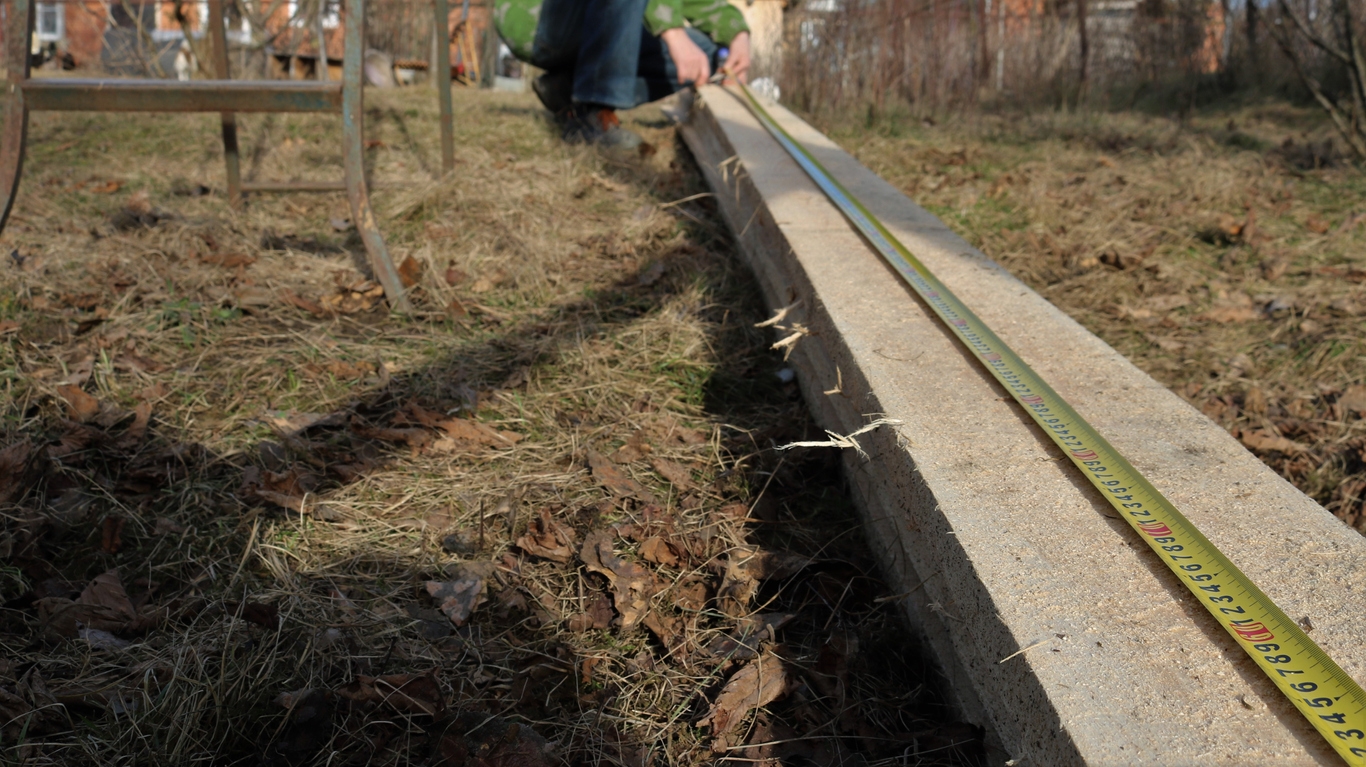A linear foot is a unit of measurement used to calculate length in a straight line. This is one of the most important measurements when calculating distance in a single dimension. Linear feet are also used in more complex measurements. A linear foot is a commonly used measurement in construction, real estate, and manufacturing. Understanding how to calculate a linear foot is critical for accurate measurements and cost calculations that require precise lengths.

A linear foot, also known as “a foot,” is a single unit of measurement that measures length in a straight line, in contrast to a square foot, which computes a two-dimensional quantity. A linear foot is equivalent to twelve inches, or one-third of a yard.
A linear foot is a valuable unit of measurement because it is one of the building blocks of other measurements like area, as in calculating the tso dimensional square footage of a room or determining the three dimensional volume of a container. Linear feet are also useful in industries such as plumbing, roofing, construction, and flooring, where they are used to measure pipes, lumber, fencing, and molding.
How to Measure a Linear Foot
Measuring linear feet involves calculating the length along a single dimension.
- Begin with the right measuring tool
Find a measuring tool that is appropriate for the area you are measuring. Measuring tape and rulers are popular choices. For large areas or quick calculations, an electronic measuring tape is ideal. These tools will include measurements for feet and inches.
- Start at one side and extend to the end
Start measuring the object or surface from one end. Extend the tool until it reaches the end of the surface or object. Make sure the tool can follow the contours of the object if it is not in a straight line.
- Read and record the measurement
Once you have reached the end of the surface, mark the length and record it. This measurement is likely to include a number of linear feet plus extra inches.
If you are using linear feet for other calculations, keep track of them and add them up to get an accurate measurement of your space or object.
Using Linear Feet to Calculate Square Footage
One of the most important calculations that uses linear feet is calculating the square footage of a given area. This is useful in a variety of applications, including measuring the size of homes for real estate and interior design.
- Measure the length and width in linear feet
Calculate the length and width of a given space using a measuring tool, giving each a linear foot measurement.
- Apply the square footage formula
Once you have determined the length and width of a space in linear feet, multiply the two numbers together. The formula is L x W = Square Feet.
Using Linear Feet to Calculate Volume
Imagine you are measuring a room. You calculated that the room’s length is 15 linear feet and its width is 10 linear feet. Multiply 15 linear feet (L) by 10 linear feet (W) and this equals 150 square feet or 15 ft x 10 ft = 150 sq ft.
A linear foot is vital for three-dimensional calculations like volume.
- Measure the length, width, and height in linear feet
Take measurements for the length, width, and height of a given space using one calculation of linear feet for each one.
Once you have the measurements for the length, width, and height of the space, multiply them together. This will convert linear feet to cubic feet. The formula is L x W x H = Volume (cubic feet).
Imagine that you are measuring the length, width, and height of a storage container to determine how much you have put in it. The container measures 5 linear feet in length (L), 8 linear feet in width (W), and 8 linear feet in height (H). Multiply these numbers together, and they equal 320 cubic feet, or 5 ft x 8 ft x 8 ft = 320 cubic feet.


